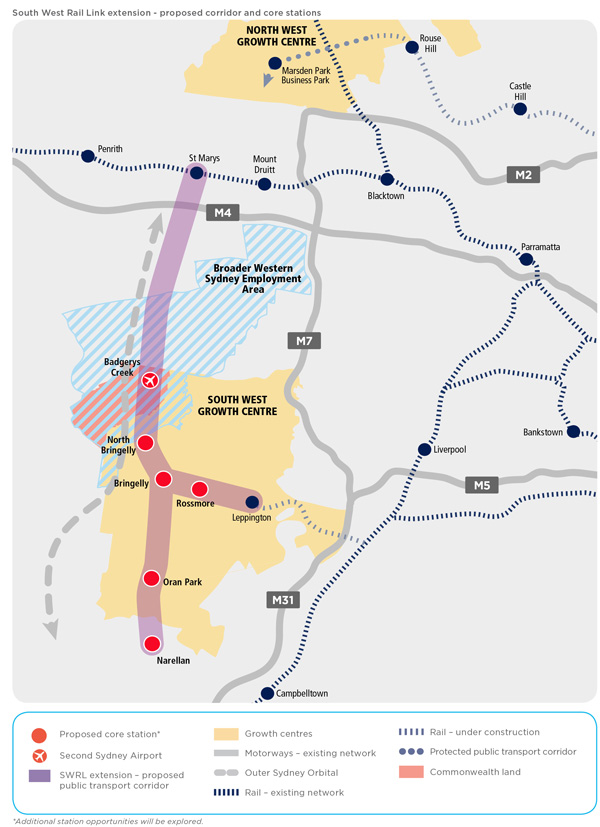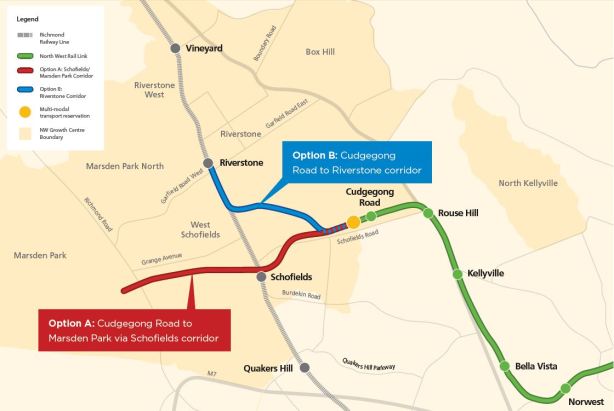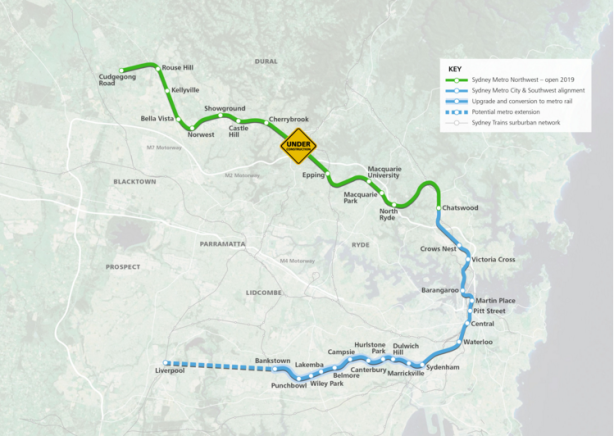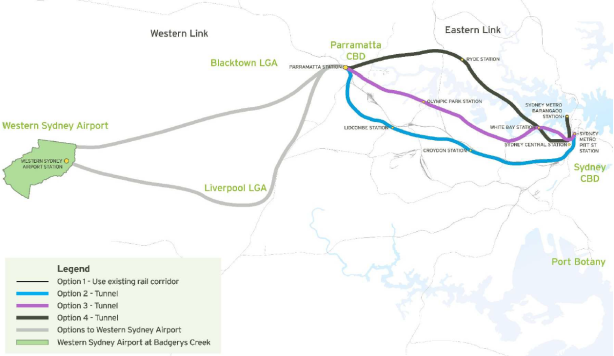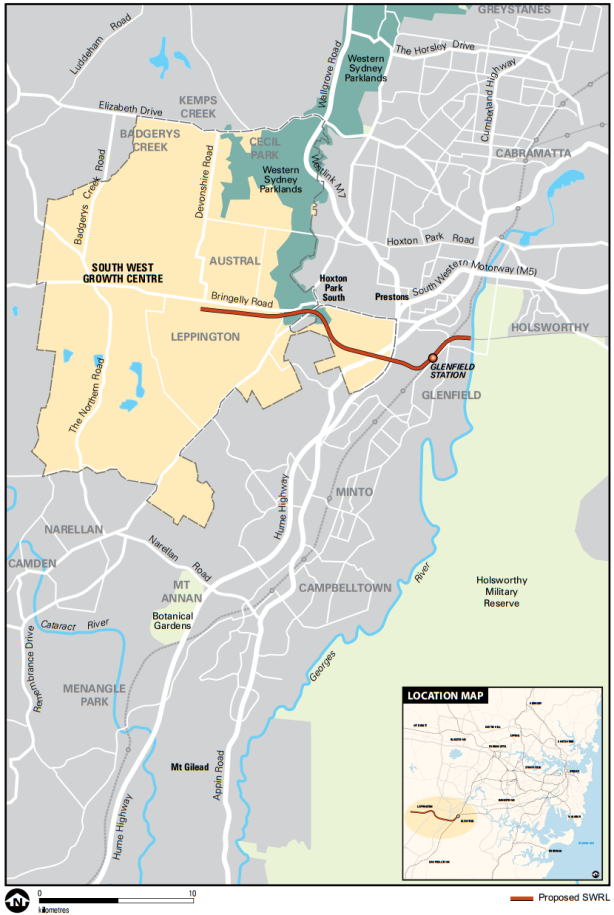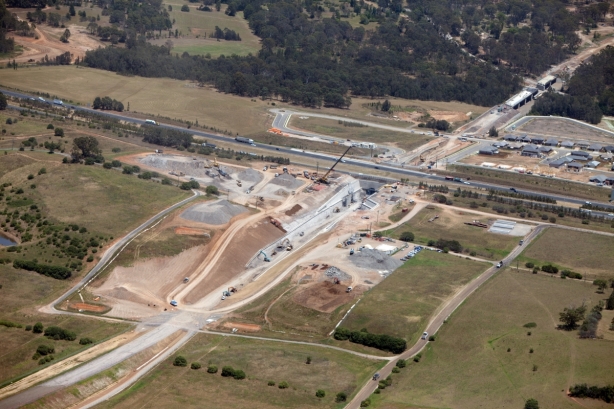VIDEO: Sydney Metro Means: This Engineering Life, Transport for NSW (2 November 2017)
It was a simple plan: create a new government agency to oversee a top down plan for Sydney’s future infrastructure needs as a city, bringing together various departments that had previously operated in isolated silos. To give it legitimacy, appoint someone with good political connections and relevant government experience. Though this might sound a lot like Lucy Turnbull and the Greater Sydney Commission (GSC), it’s actually a description of Nick Greiner and Infrastructure NSW (iNSW).
However, iNSW’s fate seems to have been isolation and subservience given that its 2012 infrastructure plan famously clashed with the Transport for NSW (TfNSW) transport plan. Ultimately, this ended with the then state government opting for the TfNSW plan and Mr Greiner stepping down. Despite this, the GSC appears to be faring much better.
It does raise the question of if adding a 2nd agency to manage Sydney’s infrastructure was unsuccessful, whether adding a 3rd is a step in the right direction. So far, the GSC’s tendency to cooperate with existing departments at the state and federal level could explain its success and provide support for retaining it going forward. Indeed, the Greater Sydney Commission’s plan, the Metropolis of Three Cities, was released in late 2017 and does not differ much from Transport for NSW’s plan, the recently released Future Transport 2056.

Metropolis of Three Cities. Click to enlarge. (Source: Greater Sydney Commission.)
As the Greater Sydney Commission’s plan has been in the public domain for longer, the remainder of this post will focus more on that plan, but in the context of the recently released Transport for NSW plan.
The Greater Sydney Commission plan curiously looks to the past, revisiting the concept of a polycentric city from the 2005 City of Cities Metropolitan Plan. This concept simultaneously rejects the idea of continuing to centralise solely in the Sydney CBD or to continue to decentralise out into the suburbs. Instead, it is a hybrid solution of focusing on Sydney’s various activity centres. The main three, the Sydney CBD; Parramatta; and future aerotropolis at Badgerys Creek, are the most prominent and form the basis of the 3 cities proposal. But it also includes many suburban centres such as Bondi Junction, Castle Hill, or Liverpool.
The release of the Future Transport 2056 plan earlier this week appears to further reinforce this idea of looking backwards, with train lines from Bondi Junction to Bondi Beach or from Parramatta to Epping that had been abandoned for years making their way out of their graves, almost zombie-like, back into an official Government transport policy document. Whether these are serious considerations, a desire to regularly revisit old ideas in the hope that the facts on the ground have changed sufficiently to make them viable, or merely a cynical exercise at promising new infrastructure so far out into the future that few will even remember it when it doesn’t end up happening won’t be known for quite some time.

Future Transport Plan 2056. Click to enlarge. (Source: Transport for NSW.)
However, the Greater Sydney Commission plan looks to the future through the addition of that extra major centre: the aerotropolis at Badgerys Creek. Prior plans for Sydney included a major urban centre in the Sydney CBD and a secondary centre at Parramatta. The Western Sydney aerotropolis will likely mirror Parramatta in size, though both will continue to be dwarfed by the Sydney CBD.
This focus on 3 cities, each with their own major urban centre at their heart, is reflected by how transport would be organised around it. Unlike other transport plans from the previous 2 decades, this new plan includes an expansion of the high capacity rail network to create orbital rather than radial lines. In other words, new rail lines that do not reach the Sydney CBD but rather work to create a grid or mesh of lines that allow easy travel from a disperse range of origins and destinations through the use of quick and easy transfers.
But a closer look at this plan shows that these orbital lines are in fact radial lines for the two new centres. For example, a North-South rail line from St Marys to Campbelltown via Badgerys Creek or an Epping to Kogarah rail line via Parramatta. Even light rail lines such currently planned in Western Sydney linking Westmead, Carlingford, and Sydney Olympic Park all radiate out from Parramatta.
There is merit to these sorts of proposals. Up until now, all high capacity transport lines (be they rail or road based) have been based on carrying passengers to or from Sydney’s CBD. This radial network works great if travel to or from the CBD is the main aim, but does little to provide mobility for those hoping to travel from other origins and destinations unless they both happen to be on one of these radial connections to or from the CBD. In fact, when the now head of Transport for NSW, Rod Staples, was asked what he thought the priorities should be following the completion of the current set of public transport projects (see video at the beginning of this post), his answer was the creation of a grid rail network, such as by building a North South railway line between Hurstville and Macquarie Park via Bankstown and Sydney Olympic Park. However, as this line does not pass through one of the 3 identified cities, the current apparent key criteria, such a line would seem unlikely to receive approval under the current regime.
One other issue of note that should be commended is the ongoing emphasis on promoting transport corridors for improvement that do not immediately indicate the mode of transport. These are corridors where additional capacity needs have been identified first, and where improvements to them is to be investigated. Once that is done, the mode (e.g. heavy rail, metro, light rail, bus, etc) is to be determined. This method, where the problem is identified first and then a solution proposed, is far superior to the alternative: proposing a solution in the form of a mode of transport (often a pet project of a particular minister or lobby group) and then looking for a corridor in which to install it. Indeed, at least some of the problems of the CBD and South East Light rail could be put down to this sort of thinking when it was proposed.
With this comes uncertainty. And it is this uncertainty that is one of the main weaknesses of the current plan. Projects currently under construction seem pretty certain to be completed. Then there are a few other projects that are set to begin soon, such as the Sydney Metro West. But beyond that there is little sense as to which of the myriad of proposals are likely to actually get built and which will end up being deferred indefinitely yet again, code for cancelling a project.



